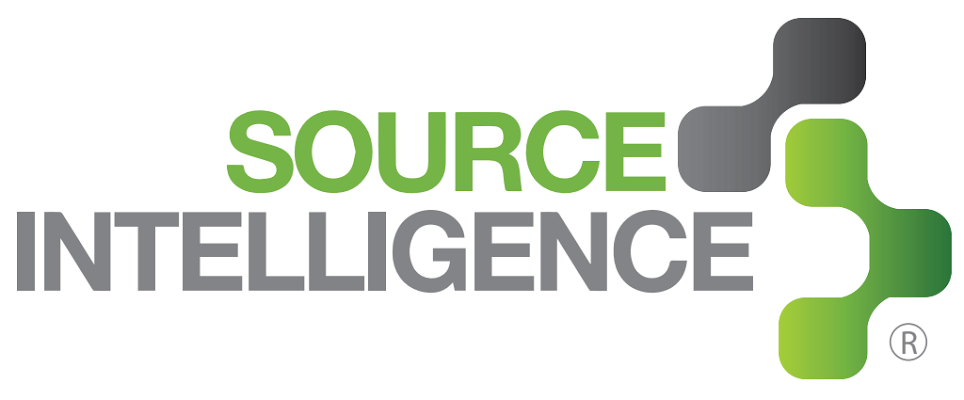Conflict Minerals Compliance Efforts Increase with Only 6 Months Until Deadline

Conflict Minerals Compliance Efforts Increase With Only 6 Months Until Deadline
Section 1502 of Dodd Frank – “Obama’s Law” - was not instated without debate. In April 2014, National Association of Manufacturers went up against the Securities and Exchange Commission in the US Court of Appeals stating the rule violated the First Amendment. Despite attempts to fight the conflict minerals requirements, the Court of Appeals ruled that issuers must investigate their supply chain and file a special disclosure or Form SD with the SEC.
Many companies that once operated with a wait and see approach, in the hopes that the rule would be overturned, have now accepted the trend towards supply chain transparency. High profile media coverage by Intel and Apple indicated that companies are leveraging “conflict-free” as a competitive advantage while challenging their industry peers to investigate their supply chains.
The result? Companies across multiple industries have realized the strategic benefits of a public commitment to “Fair Trade”, starting with supply chain transparency; and these companies are now applying their efforts to evaluate more risks beyond conflict minerals.
June 2014 marked the first year SEC filings for publically traded companies due diligence on the origin of Tin, Tungsten, Gold and Tantalum in their supply chain. Based on hundreds of compliance programs, 4 critical papers captured best practices from aggregated case studies in 2014.
The E-Book: An Insightful Look at 2014 Conflict Minerals, Benefits of Tracing Your Supply Chain, is a compilation of Source Intelligence’s most popular white papers of 2014 that have guided companies to conflict minerals compliance. To download the E-Book, please use this link.

